The “Hirak” in Algeria, between spontaneity and manipulation: the “chilling” analysis of French General Dominique Delawarde
DISPATCHES FROM THE PIB (PEOPLE'S INFORMATION BUREAU) • by General Dominique Delawarde
Afrique Asie (Translated from French by Google with minor edits by PIB)
[dropcap]H[/dropcap]aving worked extensively on the Algerian dossier when I was in office and having continued to do so since retiring, I will try to give you my analysis in the clearest possible way by answering three questions: Why? What? How?
Why?
The answer to this question is, from my point of view, in a geopolitical context that goes well beyond the borders of Algeria. To simplify to the extreme, the world is today cut in two opposing camps.
There is one that fits perfectly with an organization of the international community as conceived and built after World War II: IMF, WTO, World Bank, dollar, and US almost absolute pre-eminence since 1990 The neoconservative ideologues of this camp are now gradually drifting towards a goal of "globalization happy (for them)", unipolar, under Western dominance (in fact, under US-NATO dominance).
A minority by the number of States and in population (forty to fifty States, one billion inhabitants) this camp has however, for some years still, the economic power (more than 60% of the world GDP) and, of a military superiority (NATO -- used without moderation). A bunch of states is active, on the international scene (or behind the scenes), to mobilize this camp and defend its interests: the USA, the United Kingdom, France and Israel. The major influence is, in fact, exerted by a duo: USA and Israel. This camp is grouped under the banner of the "Western coalition" and often proclaims itself, "international community".
On the other side of the big chessboard, another camp has been organized little by little under the leadership of Russia and China. Today, this camp is growing rapidly with, among others, international organizations created at the beginning of the 21st century: the BRICS and the OCS, to name but a few. It wants to call into question the order and rules of world governance established at the end of the war, for the benefit of Westerners, to evolve towards a multipolar world. It includes, around Russia and China, large countries such as India or Pakistan (nuclear powers) and especially many "fans". This camp, including fans, is in a majority as per the number of States and in population (a hundred of States and more than four billion inhabitants) but it is still lagging in term of economic power (less than 40% of global GDP).
Algeria is a big country. With an area of 2.4 million km2, it is at once the largest country in Africa, the Arab world and the Mediterranean basin. Under the leadership of Bouteflika, it has remained an independent country, unlike many Arab countries that have approximated the Western coalition, according to the proverb "Fuck the hand you can't chop off."
In the eyes of the "Western coalition" previously described, the Bouteflika government committed five "unforgivable mistakes":
1 - It has too good relations with Russia, a country which has been training the officers of its army for a long time and from which it buys a lot of major military equipment (including the famous S 400).
2 - It has too good relations with Iran, the designated enemy of the US and Israel, and, therefore, not really friend of France and the United Kingdom ... France and the United Kingdom, behind hypocritical and misleading statements, have done nothing effective to fulfill their commitments in the Iran nuclear deal.
3 - Contrary to the governance of several Arab countries (including the docile Morocco, its neighbor), Algeria's Bouteflika refused to join the grand Saudi coalition, supported by the West, in its armed intervention in Yemen to quell the popular revolution of Ansar Allah. This military operation was obviously aimed at counteracting the extension of Iranian influence in the Middle East, for the benefit of the Jewish state.
4 - In addition, since the beginning of the Syrian conflict, the Bouteflika government maintained good relations with that of Bashar el Assad in Syria and refused to participate in the destruction and the dismemberment of this country programmed by the Westerners and some of their Arab allies for the benefit of the Hebrew State.
5 - Finally, Bouteflika's Algeria remains one of the last Arab bastions in the defense of the Palestinian cause. Everyone can understand that this position is offensive to the Jewish state and its powerful US ally, who see it as a serious obstacle to the "deal of the century".
The answer to the question: "Why are events today what they are on Algerian soil?" Is, to a large extent, in the points mentioned above.
What?
Clues are not lacking in the Algerian crisis that point to "Regime Change", which Westerners are particularly fond of (colored revolutions, Ukraine, Libya, Arab Spring, Syria, Venezuela, Brazil ... ), some of which succeed sometimes (Maidan, Libya, Brazil) and of which they keep jealously "the secrets of manufacture".
There are, of course, inflammatory statements, to the attention of the Algerian people, the unbelievable BHL [Bernard-Henry Lévy] which constitute, by themselves, an indisputable marker that a "Regime Change" operation is in progress. We must remember his constant -- and always theatrical -- commitment in this type of operation: Bosnia, Kosovo, Libya, Maidan, colorful revolutions, Syria, and even Venezuela recently ... etc.
His calls for revolution (among others, not here) are now the classic as well as the best comic trooper. They could even become counterproductive by revealing, in advance, the bottom of the cards to the most sophisticated observers.
There is also the content of the statements of the leaders of the Western coalition on this Algerian affair, which clearly shows, day after day, that they would appreciate a change of governance in Algeria and the advent of a new power that would be more favorable. Each one has to refer to it and interpret the statements made.
There is, again, the reading of the newspapers of the quadruple of states ruling "the Western coalition". The extent, content and tone of media reactions to what is gradually becoming the "Algerian crisis" and which could be baptized in a few days: "the Algerian spring", are particularly revealing. The reading of the New York Times and the Washington Post in the US, the newspaper Le Monde and BFMTV reports in France, Israeli newspapers, Haaretz and Jerusalem post, is uplifting and easy to decrypt for a good intelligence specialist.
Finally, there is the method, the techniques and the means used to organize chaos of greater or lesser magnitude, a prerequisite for the advent of a new regime. They are also valuable clues.
How?
As in all "Regime Change" operations, to succeed, you need to respect several basic rules and have big financial means:
1 - Choose the right moment to trigger the operation.
The right moment is when the regime we are tackling is weakened (economic or social crisis, worn-out and weakened governance, divided population). An election deadline can be an excellent opportunity to avoid too much collateral damage up to the civil war...
All lights are green to trigger, in March 2019, this type of operation "Regime Change" in Algeria, with some hopes of success.
2 - Demonize the side to bring down, then promote the one you want to help triumph.
These are the basic techniques used with great success by Cambridge Analytica in more than 200 election campaigns between September 2013 and March 2018. These techniques are still used today.
In the case of Algeria, Bouteflika's physical incapacity to govern the country is put forward. We denounce the results of its governance, obviously described as disastrous (unemployment, inequality, economic results). We denounce his entourage and corruption. We rely on a large Algerian diaspora, heavily influenced by Western mainstream media, to warm up public opinion and the streets.
3 - Use modern means of communication and exchange between citizens.
Facebook and Twitter, tools under Western control, are used to the maximum to manipulate and heat the crowds and to organize very quickly large protest rallies. Again, these are methods successfully tested by Cambridge Analytica in the recent past, particularly in South America.
Those who control these "digital" operations do not always reside in the country being interfered with. The operation can be controlled from the territory of a Western country (usually the USA). It is enough to have a group of individuals of good level perfectly mastering the language of the country of the interference. These individuals obviously exist in large numbers in the Algerian diaspora but also in the Sephardic diaspora. Such controlled actions from abroad have already been observed in the Tunisian, Libyan and Egyptian cases...
These digital operations are a useful and effective complement to the action of traditional media (TV and mainstream newspapers) who act in packs, with a great unanimity, which is not surprising when we know the collusion of their owners and the rules of the "information war".
4 - Bribe a maximum of politicians, organizations of influence, important men in the state apparatus (Army, Justice, elected ...).
It is a question of organizing first the abandonment of the regime in place and secondly the support of the candidate to promote: still a proven method of "Cambridge Analytica". It requires a lot of money, but the state that prints the paper "dollar" is not lacking.
The money and the promises of advantageous positions in the new regime generally come to the end of the toughest ...
To find out who has won the Western coalition or the "BRICS-OCS" camp, it will be very useful to study the past, the support and the entourage of the man who will emerge when the regime in place has passed ... It will be very instructive to observe the first steps taken by the new power. A normalization of relations with Morocco and a rapprochement with the Gulf countries would be interesting clues.
Of course, I do not think we are going to a normalization of relations with Israel, an official visit to Tel Aviv or the establishment of an Algerian embassy in Jerusalem. For the uninitiated, these last three actions were observed in the Brazilian "regime change" and clearly indicate the prominent role played by the pro-Israel diaspora in Brazil in the Bolsonaro affair. This role also exists in the Venezuelan case, according to Guaïdo's inflamed promises to transfer his embassy to Jerusalem if he manages to seize power. This kind of promise has the immense benefit of clearly designating the financial sponsors of the Brazilian elected president and the "self-proclaimed president" of Venezuela and explaining the support of the "Western coalition" to these individuals.
In conclusion, you will understand, I do not believe in the spontaneity of all the events that shake today the Algerian street.
None of the two great camps that are opposed today in the world can be indifferent to what is happening in Algeria. Foreign interference is therefore more than likely. The opposite would be surprising.
Those who interfere are those who have an interest in it and who can afford it. They rely very cleverly on the triple opportunity offered to them: the declining power of the government and its leader, the undeniable economic and social crisis attributed to the Bouteflika governance and the electoral deadline provided by the Constitution. They also rely on technical means (social networks), and the financial and human means they have.
Of course, the supporters of the "Western" clan will scream "conspiracy" when reading this analysis. It is a technique now well known for discrediting individuals whose points of view deviate from official positions. But this will not prevent those who are still thinking for themselves to ask the right questions.
As for knowing how this affair will turn, I will take care not to emit the least prognosis. The Algerian street probably has no idea of the manipulation of which it is the object. The government in place and its intelligence services certainly have specific information that can be a factor of strength. But from there to deduce who will win, it is still impossible today. We can only say one thing: "Good luck Algeria"!
—Dominique Delawarde
PS: Three interesting documents come to support my point for those who want to get to the bottom of things:
- An interesting article of March 13, 2019 found on the site "alerts of Stratediplo" under the title "destabilization of Algeria".
- A dispatch of the sputnik agency of March 19, 2019 under the title: "The Algerian diplomacy will send to Putin a letter from Bouteflika".
- A dispatch of the Russian agency RT of March 19, 2019 under the title: "Russia warns against any foreign interference in Algeria."
The best way to get around the internet censors and make sure you see the stuff we publish is to subscribe to the mailing list for our website, which will get you an email notification for everything we publish.

THIS WORK IS LICENSED UNDER A Creative Commons Attribution-NonCommercial 4.0 International License

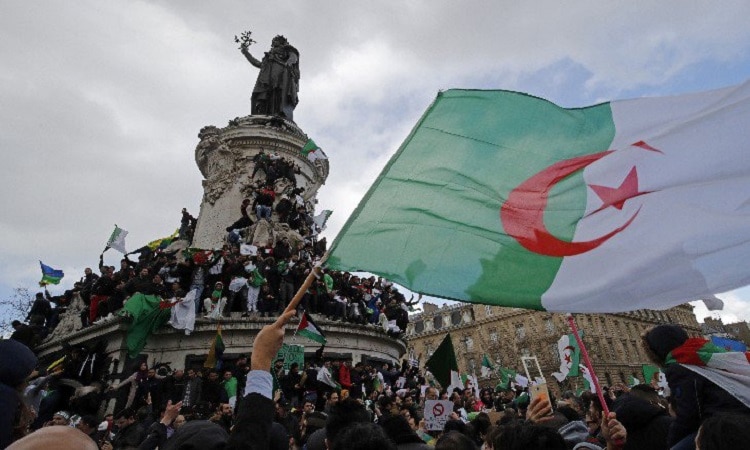




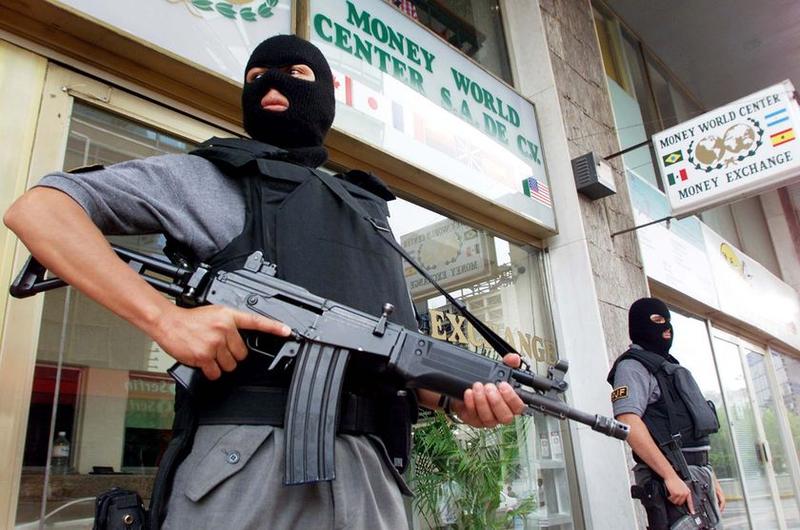


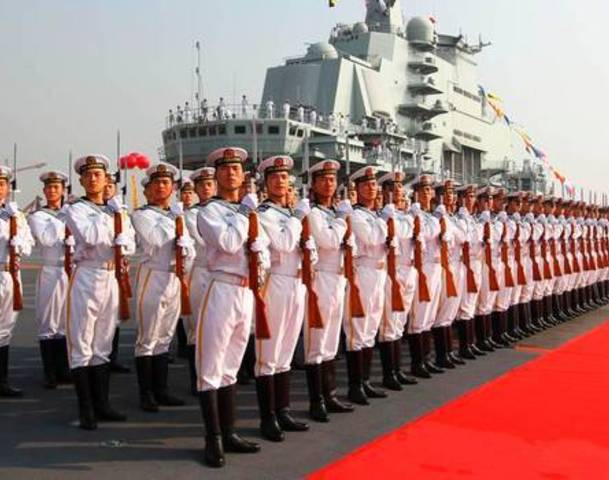
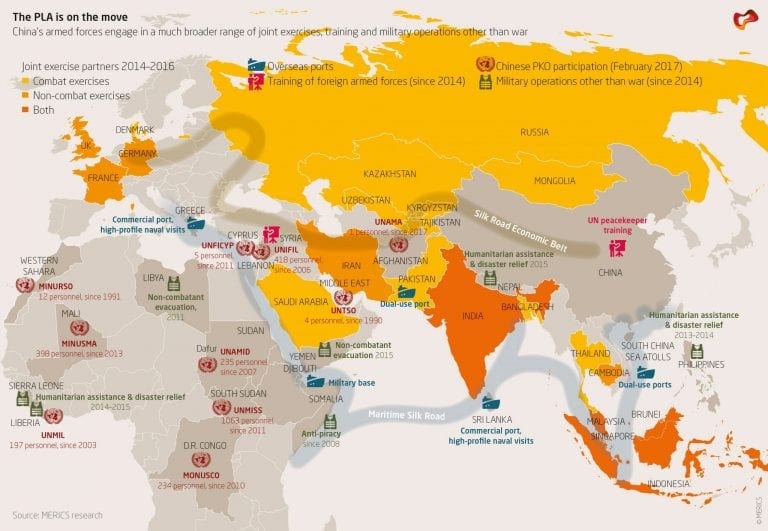







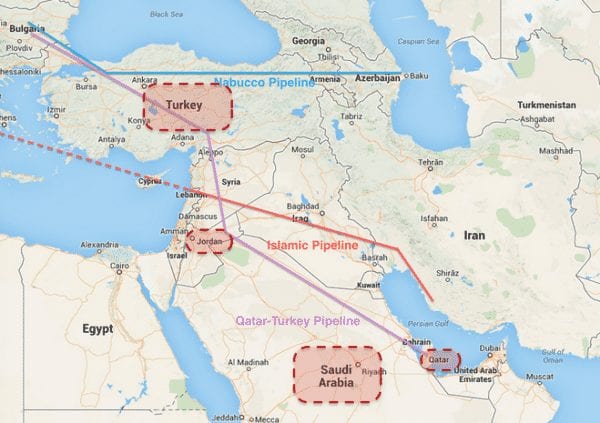
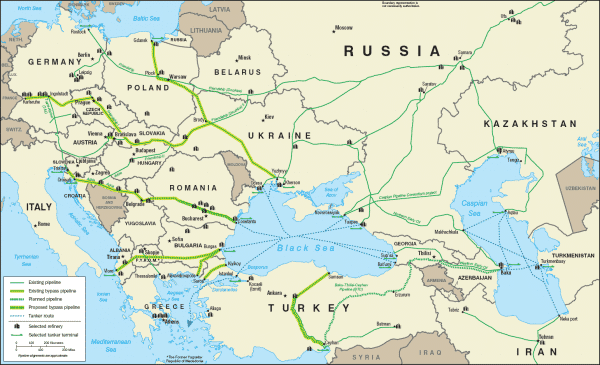

 Concerning the Kurds, they’ve never had a history of anti-government rebellion unlike their Turkish and Iraqi counterparts, thus implying that their state of affairs in Syria was manageable and nowhere near as bad as Western information outlets try to retroactively paint it as. Even if they could have been conjured up into a radical anti-government mass, their relatively minor role in national affairs and obscure geographic distance from any relevant power centers would have precluded them from becoming a significant Hybrid War asset, although they’d be an effective strategic supplement to any Arab terrorists based closer to the primary population centers. As is known, however, the Kurds have remained loyal to Damascus and have not broken with the government, thus adding confirmation to the thesis that they were content with their original status and not prone to “rebel”.
Concerning the Kurds, they’ve never had a history of anti-government rebellion unlike their Turkish and Iraqi counterparts, thus implying that their state of affairs in Syria was manageable and nowhere near as bad as Western information outlets try to retroactively paint it as. Even if they could have been conjured up into a radical anti-government mass, their relatively minor role in national affairs and obscure geographic distance from any relevant power centers would have precluded them from becoming a significant Hybrid War asset, although they’d be an effective strategic supplement to any Arab terrorists based closer to the primary population centers. As is known, however, the Kurds have remained loyal to Damascus and have not broken with the government, thus adding confirmation to the thesis that they were content with their original status and not prone to “rebel”. Administrative:
Administrative: The modern Ukrainian state is an artificial amalgam of territories bequeathed to it by successive Russian and Soviet leaders. Its inherently unnatural origins curse it with a perpetually questionable existence, and the territorial aggrandizement after World War II complicated this even further. The most nationalist chunk of modern-day Ukraine used to be part of interwar Poland, and before that, the Austrian-Hungarian Empire, thus giving its inhabitants a diametrically different historical memory than those in the central or eastern portions of the state.
The modern Ukrainian state is an artificial amalgam of territories bequeathed to it by successive Russian and Soviet leaders. Its inherently unnatural origins curse it with a perpetually questionable existence, and the territorial aggrandizement after World War II complicated this even further. The most nationalist chunk of modern-day Ukraine used to be part of interwar Poland, and before that, the Austrian-Hungarian Empire, thus giving its inhabitants a diametrically different historical memory than those in the central or eastern portions of the state. Socio-Economic Disparity:
Socio-Economic Disparity:
